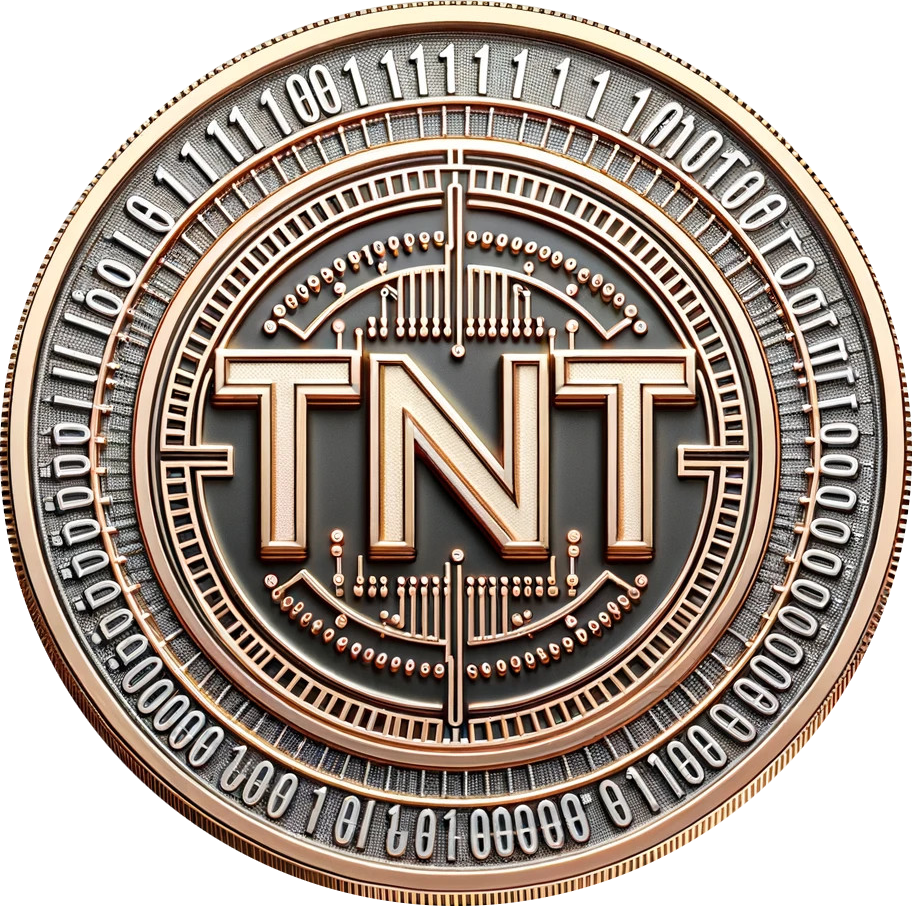Litenode Validation in TNT
TNT is actively researching the deployment of litenode validation into handheld devices to enhance accessibility and participation in staking. By enabling handheld smartphone staking, TNT aims to attract a broader audience, promoting decentralized finance and increasing the network’s security and robustness. Here’s how TNT is working on including litenode validation to facilitate staking and earning Proof of Stake (PoS) rewards from handheld devices.
What is Litenode Validation?
Litenode validation refers to a lightweight node that performs essential validation functions without requiring the extensive resources of a full node. This type of node can run efficiently on devices with limited computing power, such as smartphones. Litenodes maintain the network’s decentralization and security by participating in the consensus process and validating transactions.
Advantages of Handheld Smartphone Staking
- Accessibility: Handheld devices like smartphones are ubiquitous. Enabling staking on these devices makes blockchain participation more accessible to a wider audience, including those who may not have access to powerful computers.
- Increased Participation: Lowering the barriers to entry encourages more users to participate in the staking process, thus decentralizing the network further and enhancing security.
- Convenience: Users can stake their TNT tokens and earn rewards directly from their smartphones, providing a seamless and convenient experience.
- Engagement: Mobile applications with staking capabilities can engage users through notifications, real-time updates, and easy-to-use interfaces, fostering greater involvement in the blockchain ecosystem.
TNT’s Active Research and Implementation of Litenode Validation
- Optimized Litenode Software: TNT is developing lightweight node software optimized for mobile devices. This software will efficiently handle transaction validation and participate in the PoS consensus mechanism without draining the device’s battery or using excessive resources.
- User-Friendly Mobile App: TNT is creating a mobile application that integrates litenode functionality. The app will be intuitive, allowing users to easily stake their TNT tokens, track their rewards, and manage their staking activities.
- Security Features: TNT is implementing robust security measures to protect users’ funds and private keys. This includes biometric authentication (fingerprint or facial recognition), encryption, and secure key storage within the mobile app.
- Staking Pools: The app will allow users to join staking pools. This way, even those with smaller amounts of TNT can participate in staking and earn rewards proportionally, promoting inclusivity.
- Real-Time Monitoring and Notifications: TNT’s app will provide users with real-time monitoring of their staking activities and earnings. Push notifications will alert users to important events, such as reward distributions or network updates.
- Educational Resources: TNT plans to include educational content within the app to help users understand staking, PoS rewards, and the benefits of participating in the TNT network. This can help demystify blockchain concepts and encourage more users to engage.
Technical Implementation Steps
- Develop Litenode Client: TNT is developing a litenode client that can run on mobile operating systems like Android and iOS. This client will sync with the TNT blockchain and perform necessary validation tasks.
- API Integration: The litenode client will be integrated with a user-friendly mobile app through APIs. These APIs will facilitate communication between the app and the blockchain, enabling functions such as staking, reward calculation, and transaction validation.
- Security Audits: TNT is conducting thorough security audits of both the litenode client and the mobile app to ensure there are no vulnerabilities that could be exploited by malicious actors.
- Beta Testing: TNT plans to launch a beta version of the mobile app to a select group of users. Feedback will be gathered and used to make necessary improvements to enhance performance and user experience.
- Full Launch: After successful testing and refinement, TNT will launch the mobile app to the public. Ongoing support and updates will be provided to address any issues and introduce new features.


